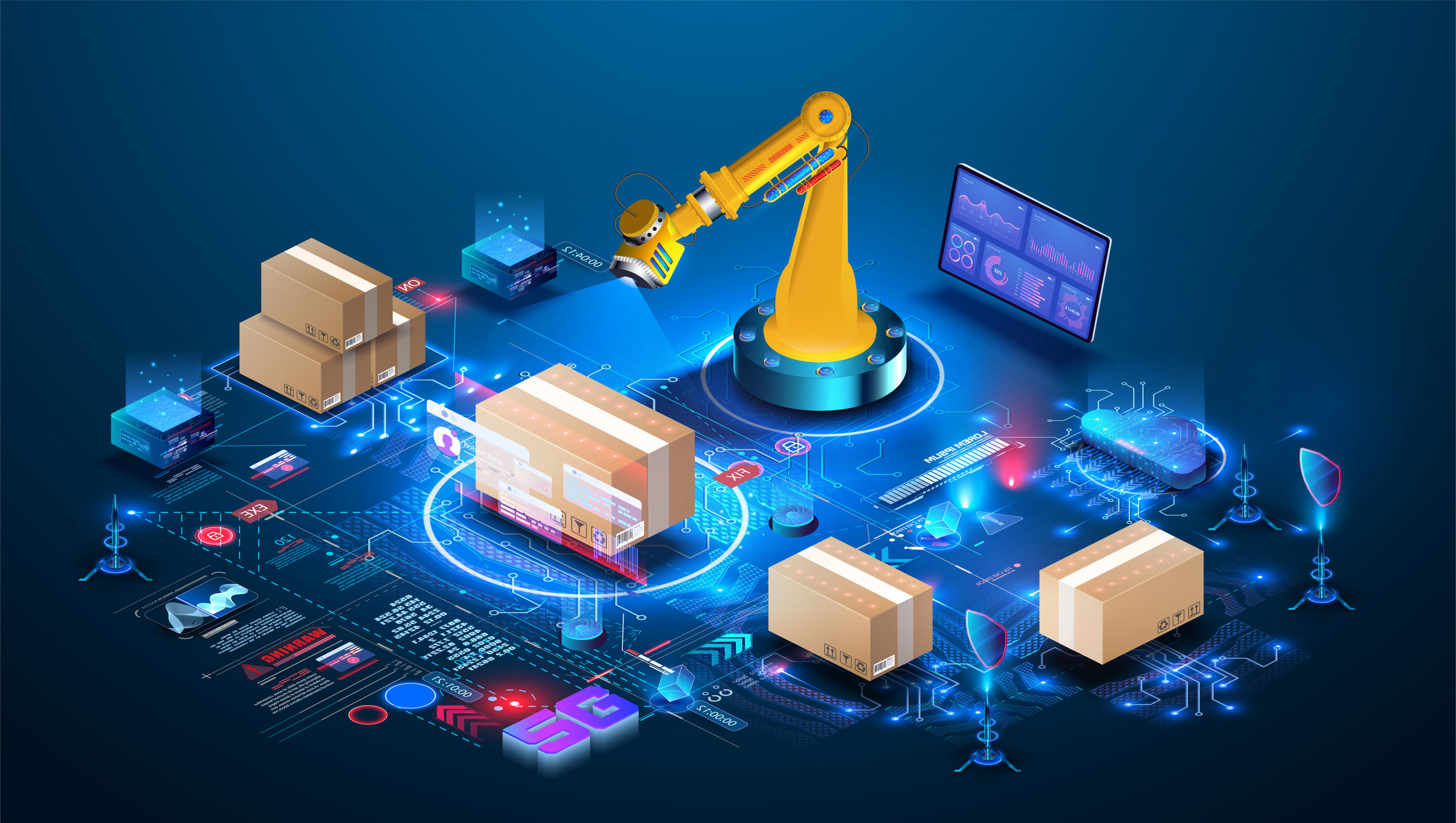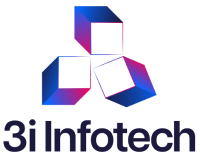
IoT is Not just a Buzzword but has Practical Applications even in Industries
What is IoT?
The phenomenon of IoT or the Internet of Things took off when big names such as Amazon and Google started speaking about it, circa 2016. At that time, though, the main focus was connecting devices for the individual user, that too inside a home. Think of a smartphone connected to a fridge or a microwave, to alert the user about milk running low or a casserole getting burnt.
In the next iteration, devices could communicate with each other, without the need for a human to monitor or moderate. Smart home assistants could turn on a water heater and a coffee machine at set times, without having to wait for voice or other commands from humans. Power meters at the transformer levels could update substations about the variations in the load to balance power distribution across the grid.
How does IoT work?
But in what “language” do these devices talk to each other? While many protocols dictate communication between IoT devices, the general scheme is that there is an omnipresent, secure layer of communication into which devices tap. They send and receive data from one another on this layer and may also act as a relay for the data from a source device that is far from the target.
A very simple set-up is a home Wi-Fi network, in the case of smartphones or smart home assistants talking to appliances.
Applications of IoT in businesses
Subsequently, as with most things in tech, everything about IoT grew sophisticated and rapidly so. There was no point confining this within a residence. And businesses across industries embraced it with open arms. From comparatively low-key applications such as occupancy sensors working with HVAC systems to regulate temperatures in say, conference rooms, to media-streaming companies using edge computing to reduce lag and improve quality, IoT has just blown up.
Transportation systems can now adapt their routes based on real-time data from cars or other vehicles and reduce fuel consumption. Hardware companies use IoT to upgrade firmware for thousands of devices remotely, within minutes, reducing customer service costs and increasing uptime to virtually 100%
Advantages of IoT for businesses
IoT, in effect, can be used for any industry that needs better control over its operations by monitoring everything from supply chains down to individual parts in assembly lines at factories (or even people). Costly materials and equipment can be tracked across geographical locations to prevent loss and misuse. Parts in inventories can be automatically ordered when their consumption crosses a set threshold, possibly reducing lead times.
In this age of reduced attention spans and pertinent, global impatience, reaching customers quicker than competitors is a massive moat for businesses.
However, there are still some matters to be taken care of. Such as, setting up an IoT system requires a lot of planning and an infrastructure that can support the flow of data between devices. This infrastructure changes based on the application and can range from a simple but robust Wi-Fi network, as in the example of the occupancy sensors and the HVAC; or a wide area personal network with edge computing capabilities in the case of the media streaming example.
For applications that are not localized, such as the transportation example, the only choice is to work with telecom companies as they provide the latest and fastest networks such as 5G, as of 2022.
Separately, there have been concerns about data privacy as well as IoT systems being more susceptible to hacking. But the silver lining is that there are solutions for businesses to create private 5G networks which significantly reduces the hacking concern.
Conclusion
When things that made news don’t make as much news, it means that they have become obsolete or mainstream. Luckily, in the case of IoT, it is now mainstream and common, and not a buzzword anymore. As such, businesses that do not actively consider IoT to improve efficiency in their functions risk being overtaken by competitors. Given the availability of robust as well as secure solutions these days, implementing IoT solutions has become easier and more reliable.


